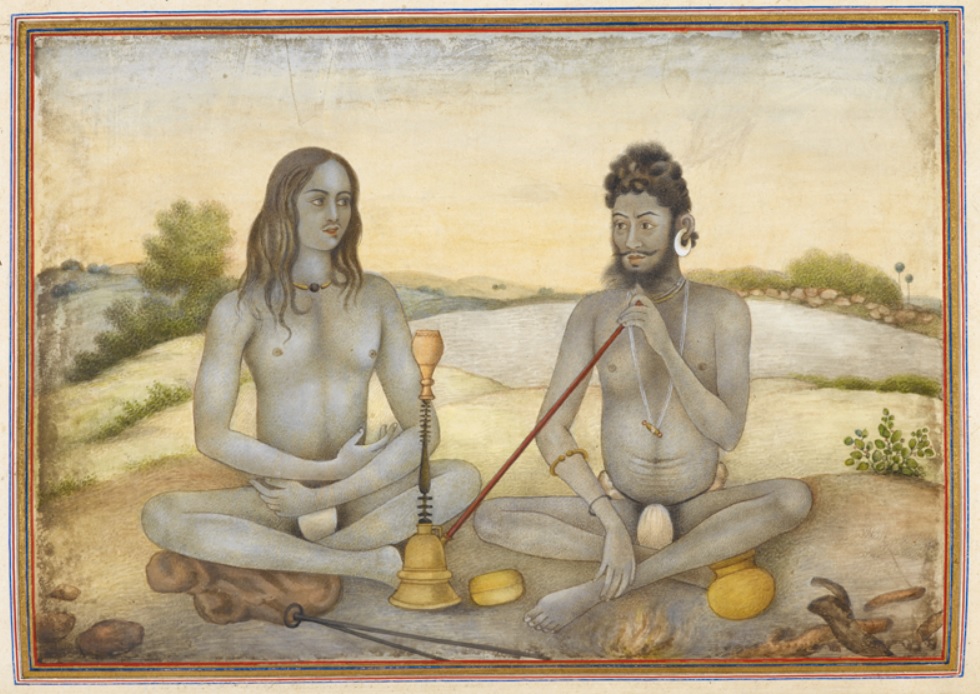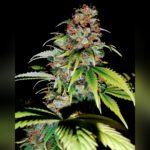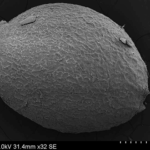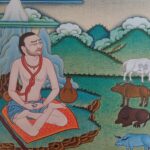The first of three parts of the Cannabis & Alchemy podcast episode I recorded with Conor of CANNAMANtv is now up on YouTube.
This is the first time in which I feature as a friendly animated cannabis seed, but as per previous podcasts I still ramble a lot and stumble over the n million different possible answers evoked by the interesting questions asked by Conor.
Anyway – parts two and three should be uploaded by this weekend, probably on Sunday.
By then I’m hoping to have put together a piece that gives a bit more context for folks who are new or fairly new to the world out of which sinsemilla first emerged – some background on Nāths, alchemy, Sufism, and so on….
For now, there is already plenty in the way of links to authoritative knowledge in the previous posts about the Ānandakanda and Matsyendranāth.
One point worth noting here is that ganja – the product and the crop – is very closely associated with the East Indies, and more specifically with East India and the tropical regions around or close to the Bay of Bengal such as Sumatra.
My guess is that genomics will in time reveal this to be the zone throughout which Sativa-type landraces were first domesticated, with their ancestors being the wild-type populations within a triangle the points of which lie approximately at Kathmandu, Srisailam, and Dali – i.e, the central Himalayas eastward of the Annapurnas; the Eastern Ghats; and the Southeast Asian Massif southward and southwestward from Yunnan.
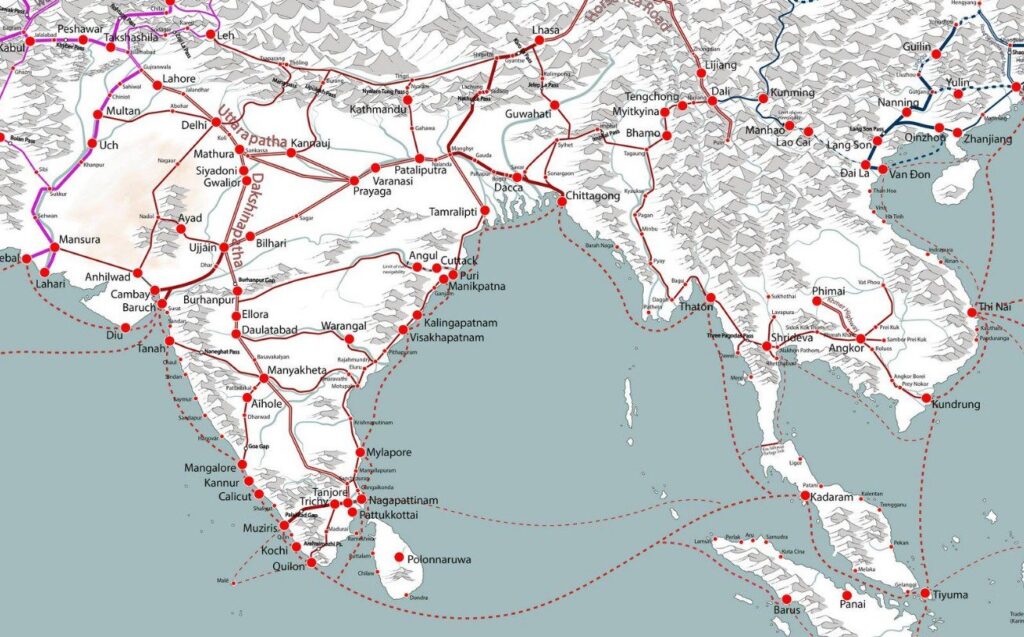
East Indies trade routes of the 11th Century with the Bay of Bengal centre.
What seems highly likely is that the domestication of ganja landraces occurred in and around the maritime zone of the Bay of Bengal and its peripheries during the Age of Sail – in other words, across a zone unified and connected by the sea and seaborne trade.
During the earliest plausible dates for the Ānandakanda (c. C12) control of this maritime trade was being ceded by Buddhist and Hindu guilds to their better-connected rivals, namely Persianate Muslim merchant families, whose ascendancy was tied to the rise of the Abbasid Caliphate and contemporary Muslim dynasties. Given their need to trade in commodities from across the globe and their hybrid influences from Islam and Buddhism, it’s surely no coincidence that it was the Nāth alchemists of Srisailam who first recorded the ‘sinsemilla technique’.
Following the rounding of the Cape of Good Hope by the Portuguese in 1497, trade in the East Indies in turn came to be dominated by European merchants, particularly the Dutch, French, and English. Outsiders, the Europeans were willing to use unprecedented violence and shameless deceit to seize ships, routes, and ports. But what led to their near total dominance across the oceans of Asia was the innovation of the joint-stock company (cue ‘joint’ joke). Faustus-like, the merchants of Amsterdam and London unleashed upon the world a powerful and inhuman new force: capitalism.
The year 1600 saw the birth in London of among the world’s first and most dangerous multinational corporations – the East India Company. Commanding their own army of low-caste Telugu sepoys and financed by the Hindu and Jain banking families of Benares and Bengal, a succession of boardrooms of Englishmen in London and Calcutta would for several centuries come to rule and loot most of India. With the firman for Bengal, Bihar, and Odisha secured by Robert Clive in 1765, an English multinational corporation based in the City of London now enjoyed the legal right to tax-farm the world’s largest market for cannabis drugs.
After the failed Indian revolution of 1857, the Company’s successors in the British Raj took an ever-closer interest in the cultivation and trade in what remained along with opium among India’s lucrative commodities. In the report of the ‘Indian Hemp Drugs Commission’ in 1894, the masters of the Raj assembled six volumes (3,284 pages) of evidence from nearly 1200 Indian and colonial witnesses, the majority of the commissioners concluding – eloquently and persuasively – that there was no moral or medical case for prohibiting cannabis, whether bhang, ganja (sinsemilla), or charas (‘hashish’).
With the advent of the first attempts to impose international bans on cannabis drugs at the League of Nations in 1928, the imperialist and mercantile impulse to acquire, profit, and dominate which the merchants of the City raised to a dark art had by now already diffused ganja – the product, the ‘sinsemilla technique’, and Sativa-type landraces – from its origin in the East Indies across the length and breadth of Africa and the Americas.
Narco-colonialism triumphed long before the illusory spectacle of its defeat. Cannabis had become a truly global phenomenon.
***
The image above is of an Aghorī (left) and a Nāth (right) outside Delhi and comes from the Tashrih al-aqvam (1825).
